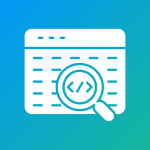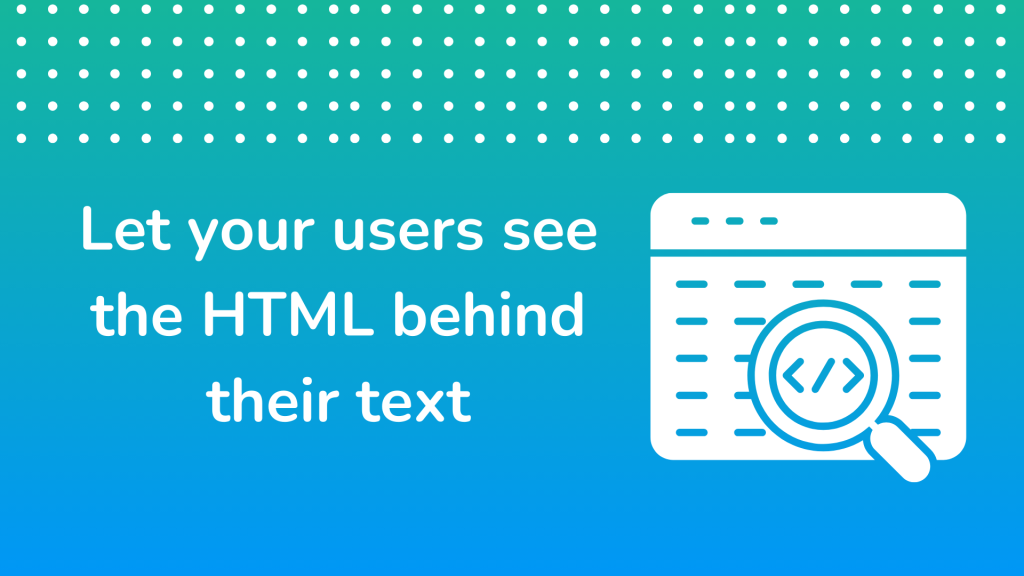The Developer’s Guide to Implementing Live HTML Preview
Table of contents
- Key Takeaways
- Why a Live Preview for HTML Code Writers is Crucial for Users
- Instant Learning
- Enhanced Engagement
- Improved Accuracy
- Setting Up Froala Editor with Code View Plugin
- Integrating Froala Editor with Code View Plugin
- Step-by-Step Setup
- Key Features of Froala's Code View Plugin
- Best Practices for Using the Code View Plugin
- Keep Active Buttons Minimal
- Regular Updates to Live Preview
- Secure Your Code
- Real-World Examples
- Educational Platforms
- Content Management Systems (CMS)
- Conclusion

Free HTML code writers with live preview capabilities are enhancing the user experience in web development. By bridging the gap between what users type and the underlying HTML code, these tools create an environment that is both intuitive and educational.
Key Takeaways
- Importance of Live Preview: Understand why real-time feedback is crucial for user learning and engagement.
- Detailed Setup Guide: Learn how to integrate Froala’s Code View plugin to allow users to see the HTML code behind their content.
- Best Practices: Get tips on making the most of your live preview tool.
- Real-world Examples: See how live preview tools can enhance user engagement and education.
Why a Live Preview for HTML Code Writers is Crucial for Users
Providing users with a live preview feature offers several significant benefits:
Instant Learning
Instant feedback allows users to see the HTML code corresponding to their input immediately. This real-time interaction helps users learn HTML as they type, reinforcing the connection between their actions and the resulting code. For instance, when a user types a paragraph, they can instantly see the <p> tags surrounding their text, making the learning process more intuitive and immediate.
Enhanced Engagement
Users are more likely to engage with a tool that provides immediate visual feedback. This engagement can lead to better content creation and a more satisfying user experience, as users can see the effects of their changes instantly. Imagine a user adding a link and immediately seeing the <a> tag in action, making them understand how links are structured in HTML.
Improved Accuracy
By allowing users to see the HTML code behind their text, developers can help them create cleaner, more accurate code. This visibility reduces errors and enhances the overall quality of the content. For example, users can quickly identify and correct issues like unclosed tags or incorrect attributes.
Setting Up Froala Editor with Code View Plugin
One effective way to provide users with the ability to see the HTML code behind their text inputs is by using Froala’s Code View plugin. Froala Editor is a powerful Free HTML code writers with live preview capabilities that enables users to switch between a visual editing mode and a code view mode. This feature is particularly useful for educational platforms, content management systems, and any application where understanding the underlying HTML is beneficial.
Integrating Froala Editor with Code View Plugin
To integrate Froala Editor with the Code View plugin, you first need to include the Froala Editor in your project. For simplicity, we’ll use the CDN for the latest version. This setup will allow users to write content in a visual editor and switch to view the HTML code behind their text.
Step-by-Step Setup
- Include Froala Editor in Your Project
First, include the necessary Froala Editor CSS and JS files in your HTML file:
<!DOCTYPE html> <html lang="en"> <head> <meta charset="UTF-8"> <meta name="viewport" content="width=device-width, initial-scale=1.0"> <title>Froala Editor with Code View Plugin</title> <link rel="stylesheet" href="https://cdn.jsdelivr.net/npm/froala-editor@latest/css/froala_editor.pkgd.min.css"> </head> <body> <textarea id="froala"></textarea> <div id="eg-previewer"></div> <script src="https://cdn.jsdelivr.net/npm/froala-editor@latest/js/froala_editor.pkgd.min.js"></script> </body> </html>
- Initialize Froala Editor with Code View Plugin
Next, initialize Froala Editor with the Code View plugin enabled. This will allow users to switch between the WYSIWYG editor and the HTML code view.
<script>
var editor = new FroalaEditor('#froala', {
pluginsEnabled: ['codeView'],
codeViewKeepActiveButtons: ['selectAll'],
events: {
'codeView.update': function () {
// Update the live preview
document.getElementById("eg-previewer").textContent = this.codeView.get();
}
}
});
</script>
In this setup, the codeView.update event is used to update a live preview element with the current HTML code. This way, users can see the immediate effect of their changes both in the visual editor and in the HTML code.
Key Features of Froala’s Code View Plugin
The Code View plugin in Froala Editor enables users to view and edit the HTML code behind the content. Here are some key features:
- Toggle View: Users can easily switch between the visual editor and the code view.
- Real-time Updates: Changes made in the code view are immediately reflected in the visual editor and vice versa.
- Active Buttons: Specific buttons, like
selectAll, can remain active in the code view for convenience.
Best Practices for Using the Code View Plugin
Keep Active Buttons Minimal
While it’s useful to have some buttons active in Code View, keeping it minimal ensures a clutter-free interface. Focus on essential buttons that aid your users in coding.
Regular Updates to Live Preview
Ensure the live preview updates frequently to reflect changes accurately. This helps users in spotting and fixing errors quickly.
Secure Your Code
When dealing with HTML, security is paramount. Ensure any input or code handling follows best security practices to prevent vulnerabilities like XSS (Cross-Site Scripting). You can refer to resources like the Mozilla Developer Network (MDN) for best practices in HTML security.
Real-World Examples
Educational Platforms
Educational platforms can leverage Froala’s Code View plugin to teach HTML. By allowing students to see the HTML code behind their text inputs, educators can provide a hands-on learning experience that reinforces theoretical knowledge with practical application. For instance, a coding bootcamp might use this feature to help students understand the relationship between HTML tags and the structure of a webpage.
Content Management Systems (CMS)
Content management systems can integrate Froala’s Code View plugin to give content creators more control over their output. By viewing and editing the HTML code directly, users can fine-tune their content to meet specific requirements, ensuring that it appears exactly as intended. For example, a blog platform might enable this feature to allow bloggers to embed custom HTML elements in their posts.
Conclusion
Integrating a free HTML code writer with live preview into your workflow can significantly enhance the user experience. Froala’s Code View plugin offers a robust solution, allowing users to see the HTML code behind their text inputs and make real-time adjustments. By setting up Froala Editor with the Code View plugin, you can provide your users with an educational, engaging, and efficient tool for HTML content creation.
Whether you’re an educator, content manager, or developer, enabling users to see the HTML code behind their text inputs can transform the way they interact with your tool, making the development process more intuitive and rewarding.
Carl Cruz
Product Marketing Manager for Froala. A technical enthusiast at heart.
-
Hide Show






No comment yet, add your voice below!